Clinical Anatomy of the Cranial Nerves
| Publisher |
Elsevier |
|---|---|
| Language |
English |
| Edition |
1st |
| Format |
Publisher PDF |
| ISBN 13 |
9780128008980 |
- Best Price Guaranteed
- Best Version Available
- Free Pre‑Purchase Consultation
- Immediate Access After Purchase
$23.60
Categories: AnatomyBasic SciencesInternal medicineNeurology
Clinical Anatomy of the Cranial Nerves
This publication authored by Paul Rea synthesizes a comprehensive array of anatomical knowledge, pathology insights, clinical examination techniques, and explanations of clinical findings, consolidating information that is typically dispersed across various anatomical textbooks. Whenever nerves are discussed in other academic resources, learners often encounter fragmented details, making it challenging to grasp the full picture.
However, this book aims to address this issue by presenting all relevant information in a cohesive manner, serving as a valuable reference guide. It not only educates readers on anatomy but also guides them on how to effectively assess the functioning of anatomical structures in patients.
Through a lucid and concise depiction of the foundational anatomy alongside its direct relevance to clinical assessments, this book distinguishes itself through two primary characteristics.
Firstly, it succinctly integrates all essential aspects of anatomy with their clinical implications, offering a holistic perspective on the subject matter. Secondly, it features exclusive images of anatomical structures derived from plastinated cadaveric dissections.
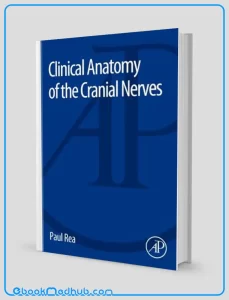
Clinical Anatomy of the Cranial Nerves
These images are unparalleled as they have been meticulously captured in the Laboratory of Human Anatomy at the University of Glasgow, under the author’s supervision (P.M. Rea). The professionally dissected specimens showcased in this book provide a unique visualization method for understanding the intricacies of cranial nerves and other significant anatomical components.
The incorporation of these distinctive visuals enhances the reader’s comprehension and appreciation of the complex interplay between anatomy and clinical practice, making this book an invaluable resource for medical students, healthcare professionals, and anatomical enthusiasts alike.

Clinical Anatomy of the Cranial Nerves
Key Features
The book “Clinical Anatomy of the Cranial Nerves” is distinguished by several key features that contribute to its value in the field of anatomical studies.
One significant aspect is its integration of multiple disciplines, seamlessly blending anatomical knowledge with pathology, clinical examination techniques, and the interpretation of clinical findings.
This integration offers a comprehensive and interconnected understanding of cranial nerve anatomy and its practical applications in clinical contexts, enriching the learning experience for individuals across various levels of expertise.
Furthermore, the book provides a holistic approach to cranial nerve anatomy, ensuring a thorough exploration of all essential aspects and their clinical relevance. By covering a wide range of topics, it serves as a unified and extensive resource that supports learners in gaining a deep understanding of the subject matter.
In terms of presentation, “Clinical Anatomy of the Cranial Nerves” adopts a clear and succinct style that simplifies complex anatomical concepts for learners. This clarity and conciseness make the content easily accessible and digestible, catering to the diverse needs of readers with different levels of anatomical knowledge.
Moreover, the book emphasizes the practical applications of cranial nerve anatomy in clinical settings, guiding readers on how to effectively utilize their knowledge during real-world medical scenarios, such as patient examinations. This emphasis on clinical relevance enhances the practical utility of the book for aspiring healthcare professionals.
A notable feature of the book is the inclusion of unique visual resources, particularly exclusive images of anatomical structures obtained from plastinated cadaveric dissections. These images offer a rare and valuable perspective on cranial nerve anatomy, providing detailed insights that enrich the learning experience for readers.
The professionally taken images in the book are meticulously prepared in the Laboratory of Human Anatomy at the University of Glasgow under the author’s supervision, ensuring their accuracy and educational value. This attention to detail enhances the credibility and reliability of the visual resources provided in the book.
By offering unparalleled visualization of dissected specimens, the book presents a novel and innovative way for readers to explore cranial nerves and related anatomical structures. This visual approach enhances the reader’s comprehension and retention of complex anatomical information, fostering a deeper understanding of the subject matter.
As a valuable reference for learners, “Clinical Anatomy of the Cranial Nerves” serves as a convenient source of anatomical information and clinical insights. Its comprehensive coverage and emphasis on practical applications make it an indispensable resource for individuals seeking to enhance their knowledge and skills in the field of cranial nerve anatomy.

Clinical Anatomy of the Cranial Nerves
This website offers ( Clinical Anatomy of the Cranial Nerves ) with just a few clicks.
The website strives to provide you with simple access to the medical field as well as readily available information that you can download.
You can download all of the books at a reasonable price and get the most recent scientific data in the world of medicine anytime you want at ebookmedhub.com.
Other Products :
Introduction to Hospital and Health System Pharmacy Practice (EPUB)
Grays Anatomy The Anatomical Basis of Clinical Practice 40th Edition (ORIGINAL PDF from Publisher)




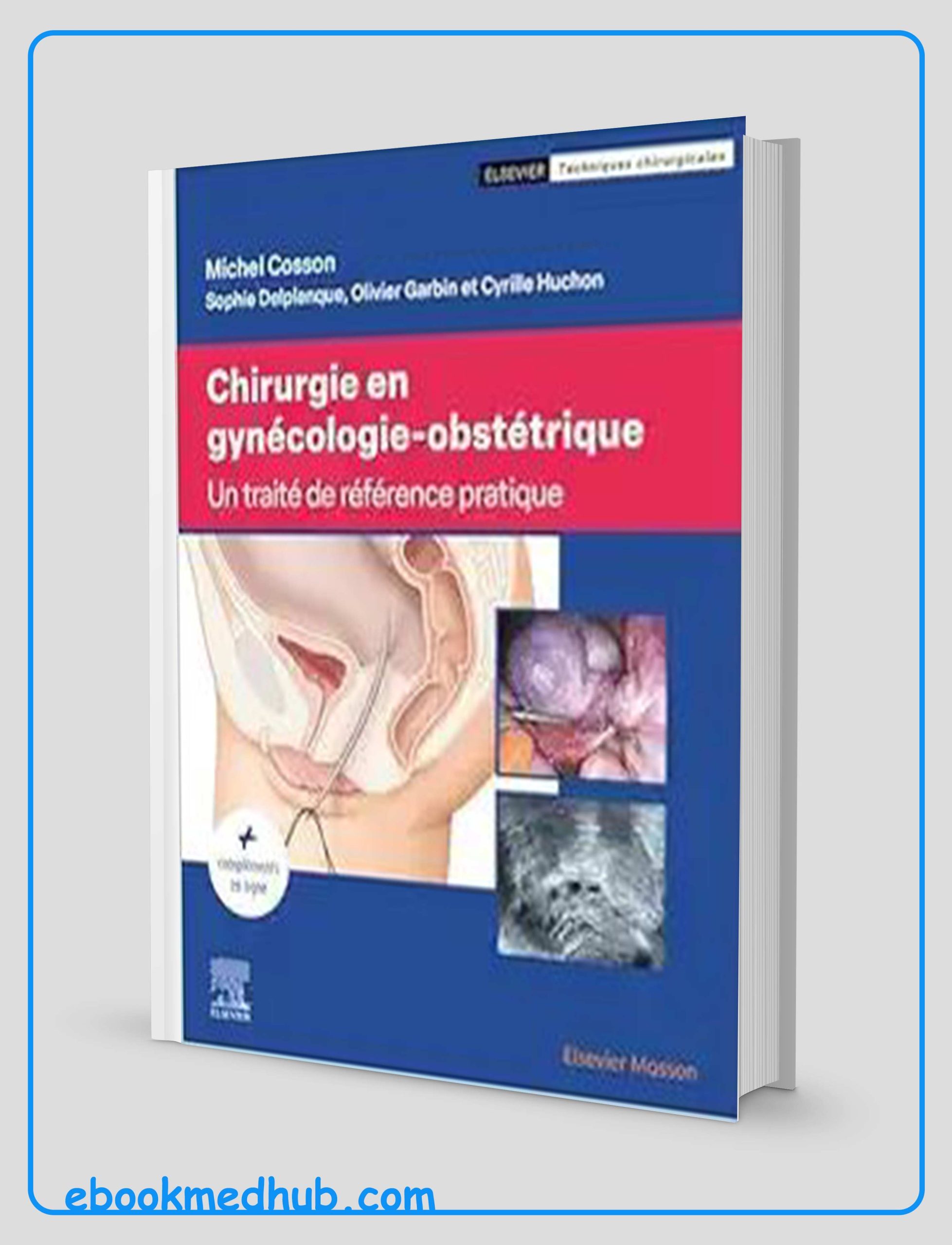



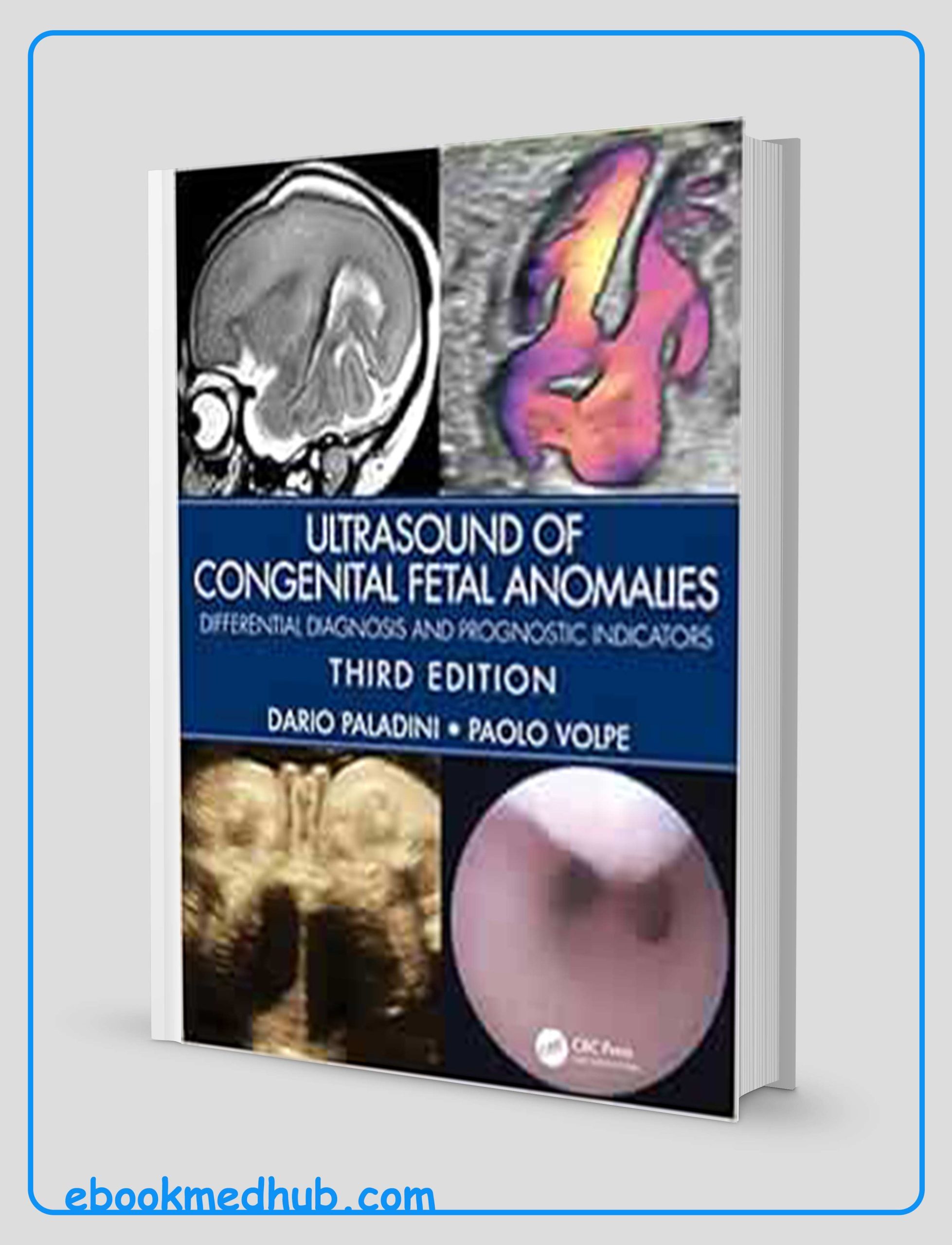

















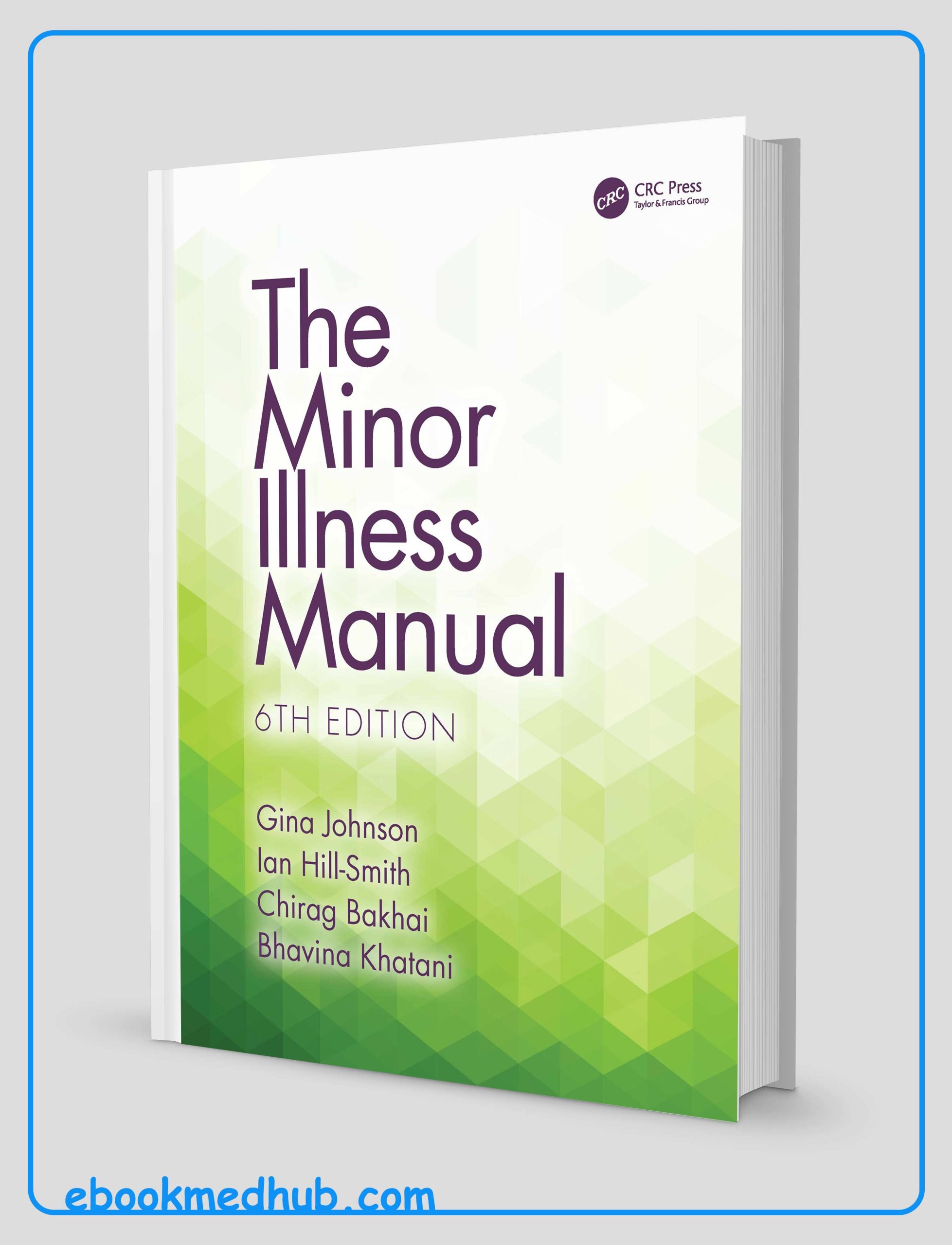




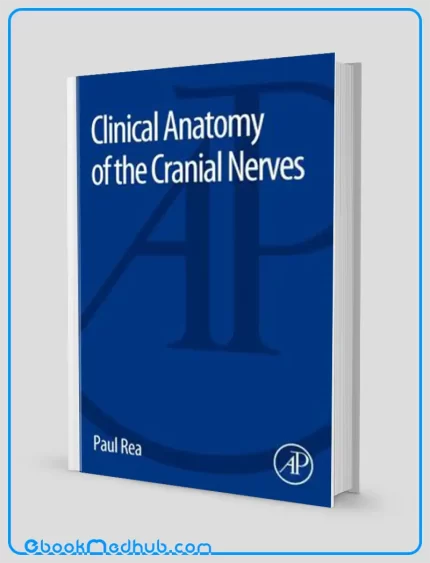
Reviews
There are no reviews yet.